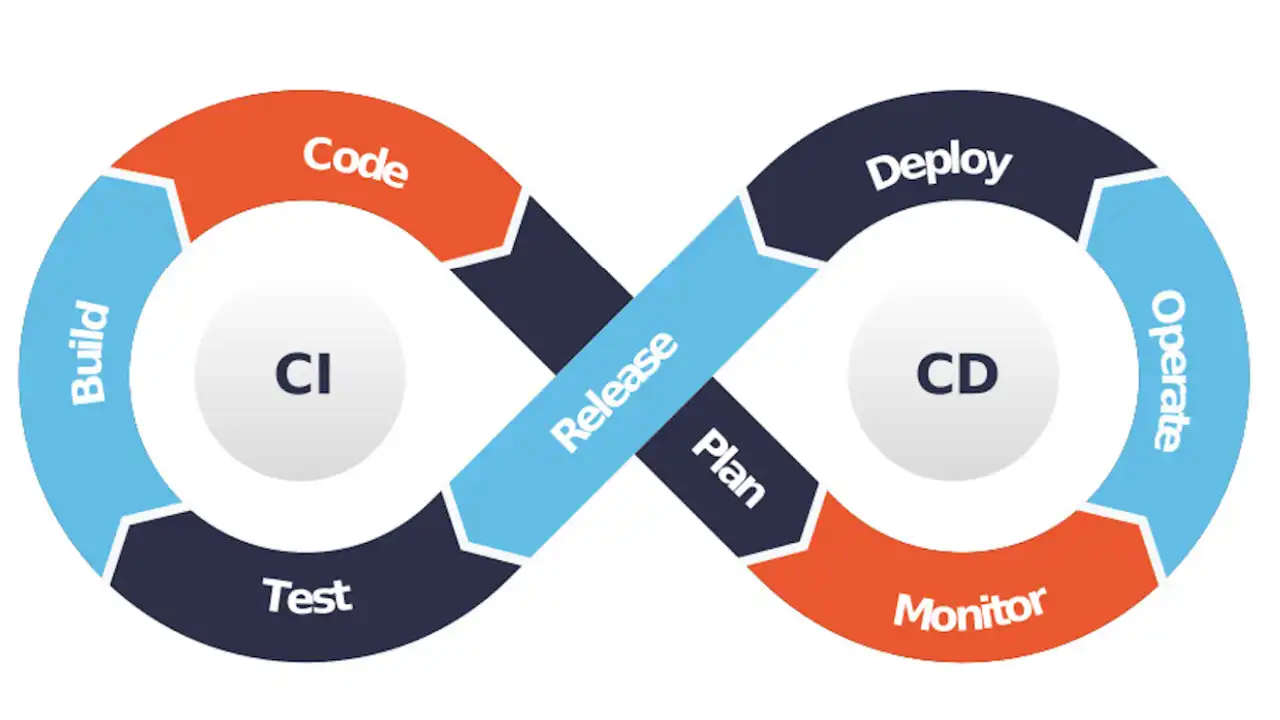Tech
How Do The DevOps Testing Tools Support Continuous Delivery?

How do the DevOps testing tools support continuous delivery? By integrating automated testing throughout the CI/CD pipeline, these tools ensure that software updates are reliable and ready for deployment. This approach helps developers catch bugs early, reducing costly fixes later.
DevOps practices, supported by tools like those listed in Functionize’s comprehensive guide on DevOps testing tools, enhance the efficiency of software development teams. Automated testing validates each iteration of the code, maintaining software quality as it progresses through various stages.
With continuous delivery, the goal is to have code changes automatically tested and deployed to production. DevOps testing tools enable this by providing a continuous validation mechanism, ensuring that only the highest quality code reaches the end users.
Key Takeaways
- Continuous delivery is supported by automated testing in CI/CD.
- DevOps tools enhance the reliability and speed of software updates.
- Automated testing ensures only high-quality code is deployed.
Enabling Continuous Delivery Through DevOps Testing Tools
DevOps testing tools are essential for maintaining a robust continuous delivery pipeline. These tools foster automation, integrate testing at various stages, and ensure consistent, high-quality software releases.
Principles of Continuous Testing in DevOps
Continuous testing is integrated seamlessly into the DevOps pipeline to ensure quality at every stage. Automated tests, including unit, integration, and functional testing, are pivotal in validating software.
The process ensures a continuous feedback loop, allowing teams to identify and address issues promptly. Reliability and stability are achieved through regular and rigorous testing, providing transparency into the software’s performance and security.
Integration of Automated Testing in the Delivery Pipeline
Automated testing plays a crucial role in the CI/CD pipeline. Tools such as Selenium facilitate this by enabling consistent testing of various scenarios and test environments.
Automated tests ensure that builds are validated before deployment. This integration helps detect defects early, reducing the risk of failures in later stages. Monitoring and continuous feedback enhance the entire delivery process.
Role of Continuous Integration and Continuous Deployment
Continuous Integration (CI) involves frequently integrating code changes into a shared repository. Automated tests run upon each integration, ensuring immediate detection of issues. This constant integration supports faster builds and reliable delivery.
Continuous Deployment (CD) ensures that validated code is automatically deployed to production. By automating deployment, the delivery pipeline maintains speed and efficiency, ensuring timely software releases. Testing tools and strategies within CI/CD frameworks ensure overall software quality and performance.
Improving Software Quality and Team Efficiency
To improve software quality and team efficiency, leveraging best practices, enhancing collaboration, and monitoring deployment metrics are crucial. These strategies ensure code quality, streamline the development process, and ultimately lead to faster and more reliable software delivery.
Best Practices for Creating Effective Test Environments
Creating effective test environments is vital for replicating production conditions accurately. This involves using staging environments that mirror the production environment closely. Proper configuration of the test environment ensures that functional tests, load tests, and end-to-end tests reveal real-world issues.
Test automation tools like Jenkins and GitHub Actions help maintain consistency by automating the deployment and testing processes. Additionally, incorporating version control systems like Git helps manage code changes effectively, reducing delays and bottlenecks during the testing phase. Ensuring high test coverage is essential for validating application correctness across various programming languages and frameworks.
Enhancing Collaboration and Communication Within Teams
Efficient collaboration and communication within teams significantly impact development and delivery speed. Adopting Agile practices encourages frequent interaction between the development team and the QA team. Agile methodologies such as daily stand-ups, sprint reviews, and retrospectives improve team coordination and visibility into the development pipeline.
Using platforms like Jira or Slack can facilitate better team collaboration and communication. Clear documentation of test cases and software requirements, along with regular feedback loops, ensures everyone is aligned with the project goals. Enhanced communication reduces misunderstandings and defects, leading to a smoother SDLC.
Monitoring and Learning From Deployment Metrics
Monitoring deployment metrics provides critical insights into the system’s performance and helps identify potential bottlenecks. Tools like New Relic or Dynatrace can track various metrics such as deployment speed, failure rates, and load handling capabilities. Analyzing these metrics helps in continuous verification and validation of the software, ensuring high code quality.
Regular monitoring allows the team to learn from previous deployments, making data-driven decisions to optimize the process. This proactive approach reduces maintenance challenges and enhances customer happiness by promptly addressing issues that affect the customer experience. By continuously iterating on deployment strategies, teams can drive innovation and deliver increased customer value.
Conclusion
DevOps testing tools play a critical role in supporting continuous delivery. They ensure software quality and functionality at each stage of the development pipeline. By integrating automated testing, these tools help teams identify and fix issues early, leading to more reliable and efficient software releases. Continuous testing acts as a quality gate, providing continuous validation throughout the development process.
Kenneth is a proud native of sydney, born and raised there. However, he pursued his education abroad and studied in Australia. Kenneth has worked as a journalist for almost a decade, making valuable contributions to prominent publications such as Yahoo News and The Verge. Currently, he serves as a journalist for The Hear Up, where he focuses on covering climate and science news. You can reach Kenneth at [email protected].










